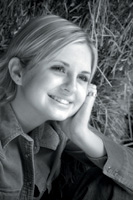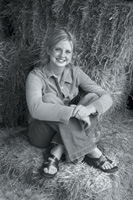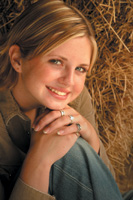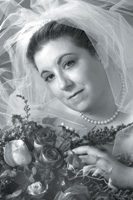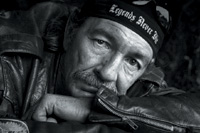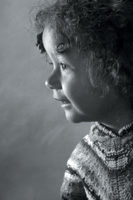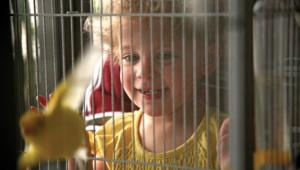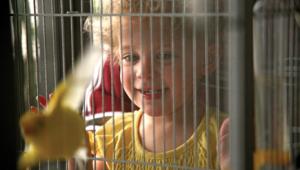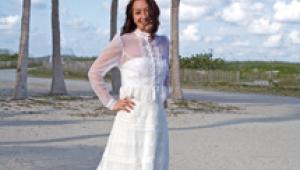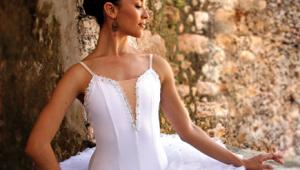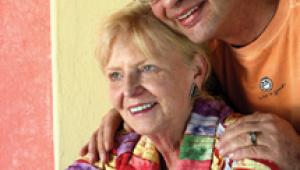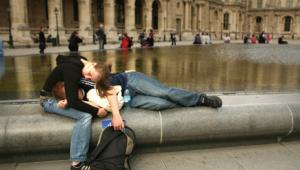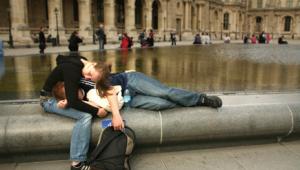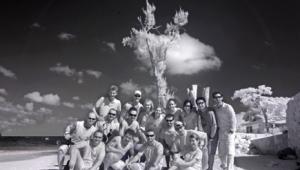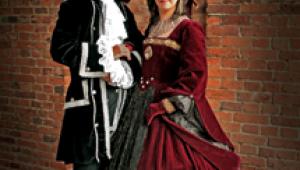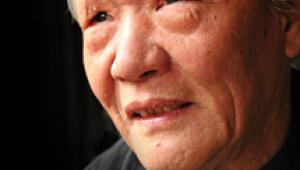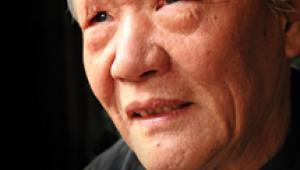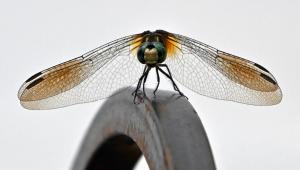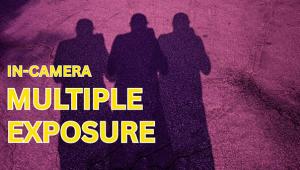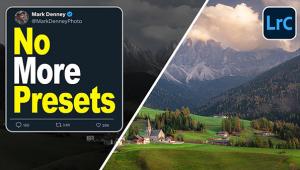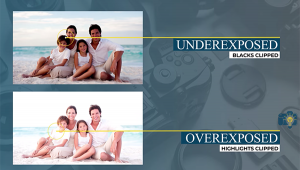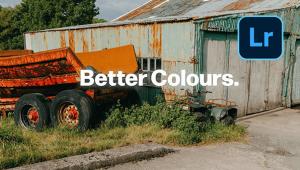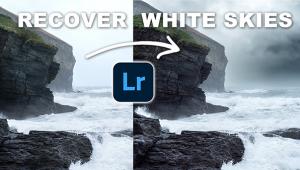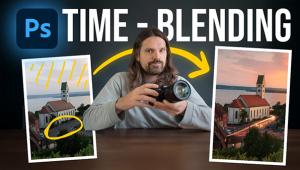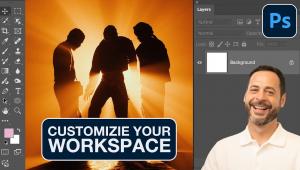Master Class
Red, Blue, And Green...
My New Approach To Black And White!
It used to be that you bought
black and white film, exposed it, took it into the darkroom and spent
days upon days selecting the right paper, developer, time, and temperature.
Not anymore...at least, not for me! I'm shooting with my Canon
EOS 10D and EOS-1Ds cameras and changing color images to black and white
on my Mac computer in only minutes. My "film" is a Delkin
640MB CompactFlash card and my "darkroom" is my home office
with window shades pulled down. Thanks to my guru Photoshop instructor,
Eddie Tapp, I'm enjoying my computers more than I could ever have
believed and creating images that years ago I would never have thought
possible. |
|||
All of these photographs were
created at my Whitewater, Wisconsin, class at the studio of Michele Gauger,
whose open barn door gave us the perfect light source for many of these
pictures. Regardless of where the sun appeared, the open side of the building
was our light source--covered overhead and wide-open on one side.
What more could we ask for? |
|||
The original color version
of this portrait was pretty awesome in itself--just the way it was
shot. For some of my close-up portraits I've been bringing the reflector
below the subject's face, bringing some fill up from the bottom.
See how the light coming up from below her face opens up the color of
her eyes. It's similar to when I now put a fill light at the knees
of my subjects in a studio environment. |
|||
Here you can see just how it all came down. The open side of the barn was a natural choice for a light source. The stacks of hay not only created a great backdrop, but at the same time reflected light back into her shadowed side. You can see the reflector and the white card used for my custom white balance. I can't believe how easy this is and how much fun it is at the same time! Notice that the stronger light is at the lower side of the barn opening. That's why I had to tone down the bottom of each of the portraits. |
|||
One of the best reasons for
taking the color out of portraits is to eliminate distracting color areas
that vie for attention with a face. |
|||
Profile lighting seems to
always work well for a black and white conversion from color. The specular
highlights, the transition of light to dark, the deep shadows...they
all work perfectly. I used the blue channel to change the color to black
and white. In this particular case the color of her clothing was also
toned down in importance when the color was eliminated, allowing you to
concentrate on her face without any distraction. |
|||
The location for this portrait?
The interior of the barn again. Wouldn't you go back to a tried
and true location if you knew the light would work for you? I do it all
the time. |
|||
Outdoors, I have found that
oftentimes I can easily create a high-key portrait simply by placing Westcott's
translucent panel between the light source and the subject. This works
best, of course, for a bride in her light gown. I simply turned her profile
away from the light source until I created the shadow pattern that I use
for all of my portraits. A silver reflector, camera-left, opened up the
shadowed side of her face--lightening it beautifully to help with
the high-key effect. |
|||
Again, I selected the red
channel--a surprise to me, because I had seldom used the red channel
before. Although the bride's flowers were beautifully colored to
go with her complexion, the black and white version of this profile also
helped to keep the attention on the bride's face. |
